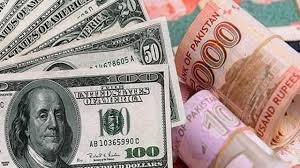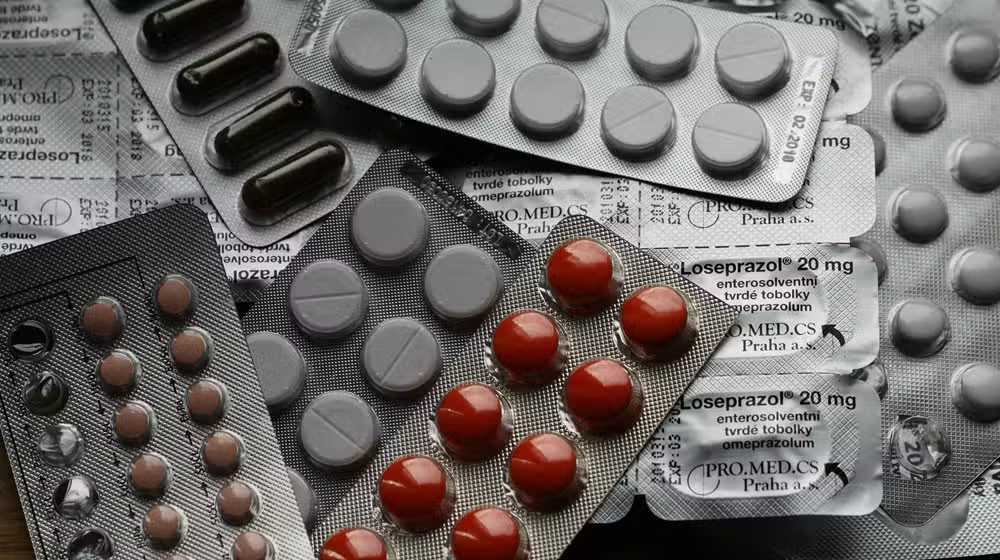Rupee Gains: Pakistani Currency Climbs to 282 Against US Dollar in Open Market Surge

Rupee Gains Strength Amid Economic Optimism and Policy Interventions
The Pakistani Rupee showed remarkable resilience this week, strengthening to Rs. 282 against the US Dollar in the open market. This development marks a gain of over Rs. 8 in just a few days, a significant move that reflects improving market sentiment, tightening regulatory controls, and better than expected foreign exchange inflows.
This sharp appreciation comes as a surprise for many analysts who predicted further devaluation amid inflationary pressures and ongoing political uncertainties. However, the recent rupee gains indicate a turnaround that may be linked to a combination of improved investor confidence, successful fiscal measures, and support from global financial institutions.
Rupee Gains Signal Return of Market Confidence
Stabilizing Economy Leads to Currency Recovery
The sudden rupee gains are being interpreted as a positive signal for the Pakistani economy, which has been struggling with a volatile currency over the past year. In the recent past, the exchange rate had surged past Rs. 290, causing concerns across import dependent industries and the general public.
However, due to targeted efforts by the State Bank of Pakistan (SBP) and increased scrutiny of illegal foreign exchange operators, the market has seen a cooling off, bringing down the demand for dollars in the open market.
Forex dealers confirm that the inter bank rate has also mirrored this trend, although with a smaller gain. The closing inter bank rate was reported at Rs. 283.10, showing a modest appreciation compared to the previous week.
Key Drivers Behind the Rupee Gains
1. Curbing Hawala and Black Market Activity
The crackdown on hawala/hundi networks — illegal channels for remittance transfers — has helped divert foreign exchange flows back into the legal banking system. This has contributed to increased dollar availability in the open market, pushing down demand and bolstering rupee gains.
Authorities have raided dozens of currency exchange operators suspected of manipulating rates or hoarding foreign currencies. According to the Federal Investigation Agency (FIA), these operations are yielding results, with volumes in the formal market increasing daily.
2. IMF Tranche Disbursement and Foreign Assistance
Another factor contributing to the rupee gains is the timely disbursement of an International Monetary Fund (IMF) tranche under Pakistan’s Stand-By Arrangement (SBA). This has boosted foreign exchange reserves, which currently stand at over $8.2 billion, giving the central bank room to stabilize the currency.
Moreover, commitments from friendly countries such as Saudi Arabia, the UAE, and China in the form of soft loans and oil facility deferments have further alleviated pressure on external accounts. These inflows have directly contributed to the recent rupee gains.
Market Reaction to the Appreciation
Stock Market and Business Community Respond Positively
The Pakistan Stock Exchange (PSX) reacted positively to the news of the rupee gains, with the benchmark KSE-100 Index climbing over 800 points during intraday trading. Analysts credit the currency’s appreciation as a key factor behind renewed investor interest, particularly in sectors like automobile, construction, and energy that rely heavily on imports.
The business community has also welcomed the move, calling for consistent and sustainable currency management. The Federation of Pakistan Chambers of Commerce & Industry (FPCCI) issued a statement saying:
“The recent rupee gains are encouraging and show that with the right policies, our economy can stabilize. However, this momentum must be maintained through structural reforms.”
Impacts on Inflation and Imports
Easing Import Costs
One of the direct benefits of the rupee gains is the potential easing of import costs. Items like fuel, machinery, electronics, and raw materials — all priced in US dollars — become slightly cheaper when the local currency strengthens. This, in turn, may reduce inflationary pressure on end consumers.
Economic analysts suggest that if the rupee gains continue, the inflation rate, currently hovering around 24%, could see a downward trend in the coming months.
Challenges to Sustaining Rupee Gains
1. Political Stability Remains Crucial
While the current rupee gains are a welcome development, experts caution that political instability could still derail progress. With general elections approaching and coalition talks intensifying, uncertainty remains high. Any major disruption could impact investor confidence and trigger a reversal in currency gains.
2. Trade Deficit and External Account Pressure
Pakistan still faces a large trade deficit, despite a recent decline in imports. Exports have not grown significantly due to global economic slowdown and logistical constraints. Unless export volumes pick up or import substitution is aggressively pursued, pressure on the current account could resurface — weakening the rupee gains achieved thus far.
Government and SBP Outlook
State Bank’s Role in Exchange Rate Management
The SBP has reiterated its commitment to a market-based exchange rate, but has also taken behind-the-scenes measures to curb volatility. In a recent policy briefing, the central bank acknowledged the recent rupee gains and attributed them to improved transparency and supply-demand balance.
Additionally, the SBP has introduced incentive programs for overseas Pakistanis to use formal remittance channels like Roshan Digital Accounts and Remittance Loyalty Programs, which have seen a 10% increase in monthly inflows since implementation.
Government’s Economic Team Confident of Continued Stability
Finance Minister Muhammad Aurangzeb expressed confidence in the country’s economic direction, citing the rupee gains as evidence that the government’s reform policies are beginning to pay off.
“The strengthening of the rupee is just one indicator of our broader economic revival. Our focus is on maintaining fiscal discipline, improving tax collection, and supporting exports — all of which will help ensure long-term currency stability,” the minister said.
Public Reaction and Social Media Buzz
Social Media Applauds Rupee’s Recovery
The public has responded enthusiastically on social media platforms, with hashtags like #RupeeGains and #PKReconomy trending across Twitter (now X), Facebook, and Instagram. Memes, infographics, and celebratory posts have flooded timelines as citizens express hope for an improved economic outlook.
Some users have also questioned whether the gains will translate into actual benefits for consumers, particularly in terms of reduced fuel prices and utility costs. While the rupee’s appreciation is a good start, tangible relief on the ground remains a key expectation.
Outlook: Can Rupee Gains Be Sustained?
Expert Predictions
Many financial analysts believe the rupee gains can be sustained in the short term, provided the government maintains fiscal discipline and the central bank avoids excessive market intervention. However, the global economic environment, especially oil prices and US monetary policy, will also play a role in determining future exchange rate trends.
If global oil prices remain stable and foreign remittances continue to rise, the rupee gains may hold and even improve. Conversely, any external shock or political unrest could halt or reverse this momentum.
Conclusion: Rupee Gains Offer Glimmer of Hope
The recent rupee gains have come as a much needed boost for Pakistan’s economy. While challenges remain, this upward movement in the exchange rate reflects improving fundamentals and policy effectiveness. From stabilizing inflation to boosting investor confidence, a stronger rupee has far-reaching impacts.
Now, the focus must shift to sustaining this progress through comprehensive reforms, continued crackdown on illegal forex activity, and promoting exports. Only then can the rupee gains translate into long-term economic stability and prosperity for the country.



